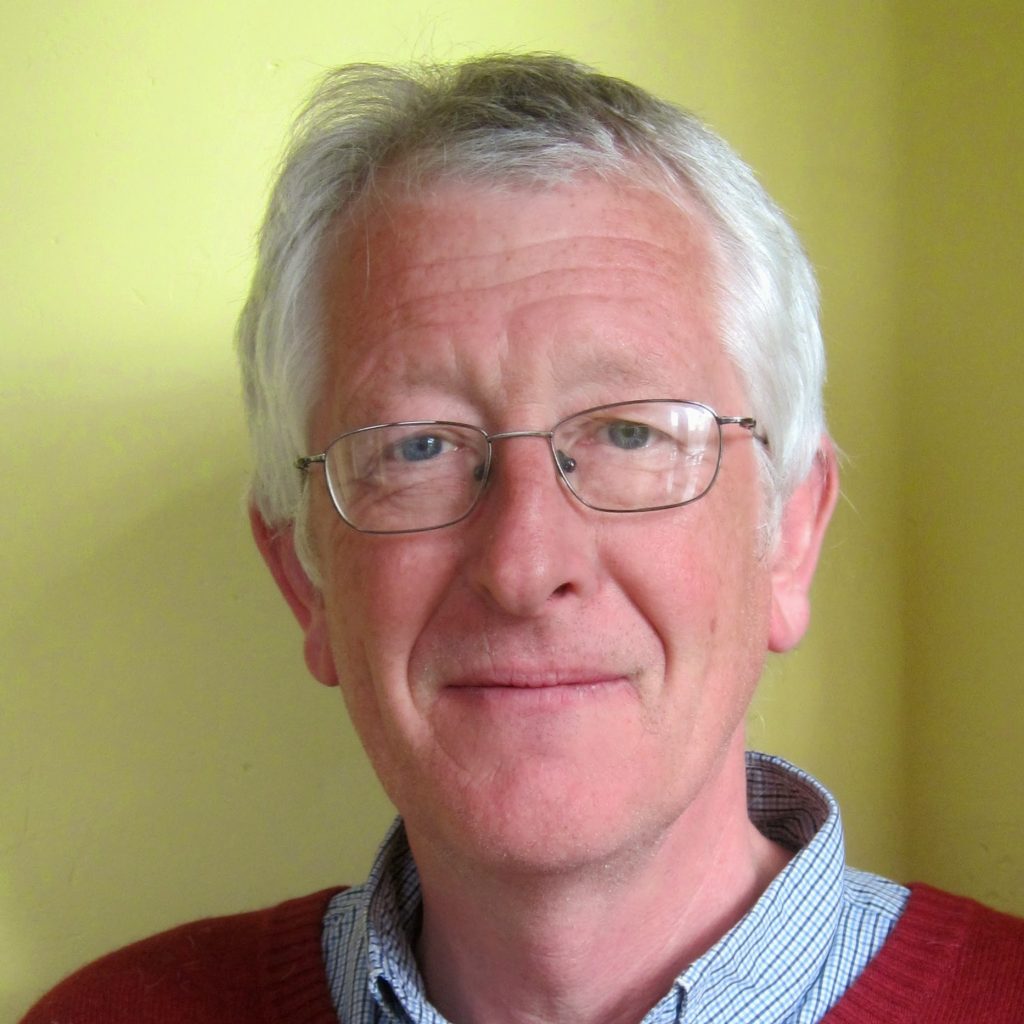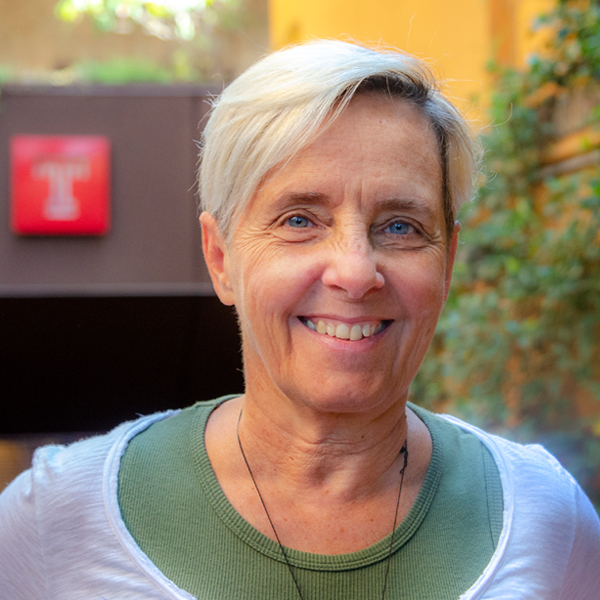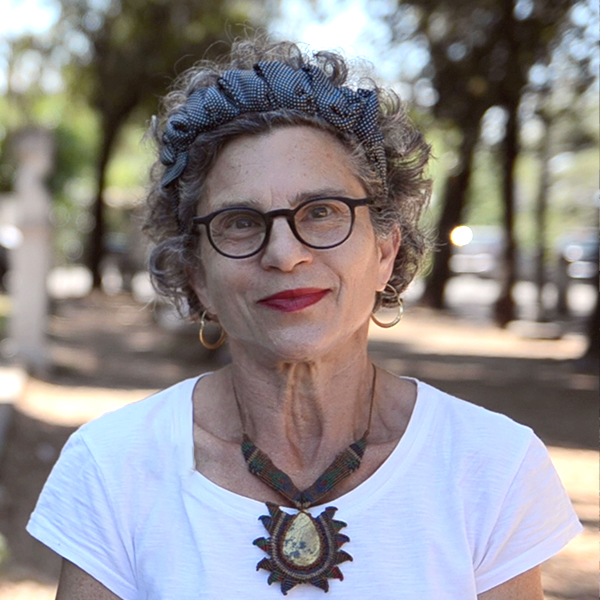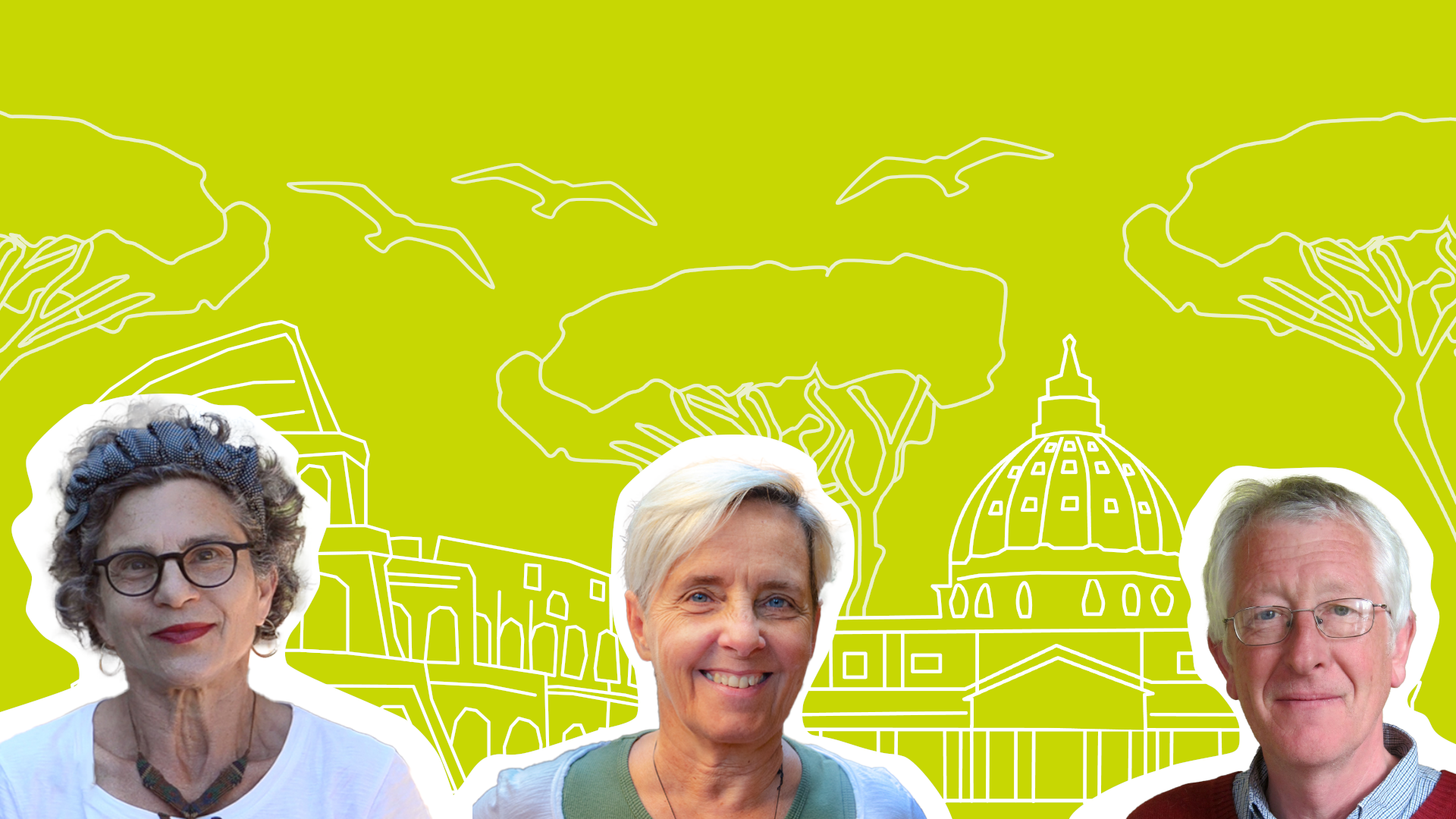Since its inception over 55 years ago, Temple University Rome has made a lasting impression on the lives of many students, faculty and staff.
At the same time, over the years, much has changed on Temple’s Rome campus. Temple University Rome started with an emphasis on fine arts and the humanities, but has since added business, and social and exact sciences, increasing the opportunities for Temple and non-Temple students alike. However, the spirit of Temple Rome remains the same, providing students with a deep immersion in Italian culture and a doorway to learning European history firsthand.
Largely, this spirit has been maintained by the many dedicated professors who have taught at Temple Rome for extended periods of time—conducting research, developing immersive courses, displaying their works and the works of their students at galleries, and connecting students to volunteer and internship opportunities.
Read below about some, among the many, of these trailblazing long-term Temple Rome professors who have helped turn Temple Rome into the thriving campus it is today.

Jan Gadeyne — Excavating Rome’s Antiquities
Originally from Belgium, Jan Gadeyne arrived in Italy in 1987 with a scholarship to do a research PhD. His background in classics, archeology and ancient art history made him a worthy addition to Temple Rome, where he began teaching in 1988. He has been there ever since.
Gadeyne mostly teaches about Roman antiquity including classes on Roman history, art and archeology, late antiquity Byzantine art and archeology, the topography of ancient Rome and urban history.
Among Gadeyne’s most well-known and beloved projects for Temple Rome, is directing an excavation summer program outside of Rome in Artena. For more than 10 years he has been managing this project as a way to introduce students to the methodology of excavation.
Highlighting this project’s uniqueness, the program has its own site, which allows students to do proper excavation in Italy. The site also embraces a very long time period with many different segment patterns that extend from the ancient to the medieval period. The program provides a great opportunity for students to fully immerse themselves in Italian culture as they live together for a month in a small hotel in an Italian environment.
“It is an opportunity and an invitation for students to learn to adapt, to be out of their comfort zones, and to also measure up with themselves because the work is hard,” Gadeyne said. “It is hot, and no one speaks English at the site. They are living with other people 24/7 for 4 weeks.”
His other long-term project for Temple Rome is centered at the Aurelian Wall, an ancient wall constructed around the city of Rome. For the past 25 years, Gadeyne has been walking with students around the walls of Rome tracing the city’s history and making a kind of map. He designed this course to take students beyond the familiar tourist sites in the city.
“It is an excellent way to get to know the city for more than just the cliché places at the center and get to know how big Rome is,” he said.
This course provides exposure to the real city, which is basically the Rome of average citizens. Usually, tourists don’t get to see the more recent neighborhoods that border the wall and have a huge importance for political and social issues.
“Each time period has left its mark on the wall, so the wall becomes a history book itself,” he added.

Daniela Curioso — Promoting Immersive Experiences
During her final year at university, Daniela Curioso had the opportunity to apply her studies in foreign modern language and literature to teach Italian language in Edinburgh. She quickly realized she wanted to pursue a teaching career.
After returning to Italy and finishing her degree, Curioso, along with a group of university friends, started an Italian Language and Cultural Center. Called Italian Idea, the center focused on developing Italian programs for U.S. universities. There, she learned to create programming geared towards specific needs. After working there for a while, Curioso yearned to return to her original passion, teaching, and in 2007 she began teaching at Temple Rome.
There she is responsible for developing immersive opportunities to enable students to participate actively in Roman life. To achieve this goal, for the past eight years, she has been coordinating the Be a Tutor in Rome project, which she describes as a way for students to learn as much as they can while in Italy. Curioso believes that such immersion is the best way to absorb a culture.
“They [Temple students] can be out there, be part of and interact with the community, and also meet students their age,” she said.
The Be a Tutor project began when a professor from the College of Liberal Arts from Temple Main Campus wanted to teach a course called Language and Society, and asked Temple Rome to create a way for his students to interact with Italian university or high school students. Curioso used the experience she acquired as an entrepreneur and reached out to local institutions nearby. The resulting student interactions worked so well that when her colleague returned to the United States, Curioso and Temple Rome decided to continue a version of the course.
“We used the experience and shook it up in a different way,” she said. “Instead of a course, we turned it into a volunteer opportunity.”
Temple Rome students who participate can now volunteer one hour a week teaching English at local high schools. It’s a way for Temple students to gain a sense of belonging to the local community and enrich their professional experience while helping others. According to Curioso, students grow in self-confidence and some even realize they want to teach as a career.
As the majority of students who go to Italy have no knowledge of Italian, Curioso also developed an intensive Italian course at Temple Rome. This course speeds up the language learning process by combining Italian Language I and II.
Designed for students who want to learn as much as they can, Curioso advises her students not to be intimidated by the course’s title. The class functions as a team where students can grow in self-confidence, help and support each other and feel less shy about making mistakes.
“Yes, it is a lot of time dedicated to Italian but everything you learn in class is immediately applicable outside class,” she said. “Students can order their food in Italian after their first week.”
As one of her latest “immersive inventions,” Curioso asked the parents of the high schoolers that the Temple Rome students teach, if they would like to host an authentic Italian dinner for the Temple Rome students. They did. Open to all students, not only the tutors, many students joined and had a memorable evening. The families shared the same warm feeling so Temple Rome intends to continue this as a future tradition.

Shara Wasserman — Capturing the Roman Art Scene
A Temple Owl to the core, Shara Wasserman attended Temple University as a French undergraduate. In her junior year, she studied abroad in Paris, where she fell in love with the arts and literature. Already influenced by her father who works with art, she returned to the United States as an art history major and French minor. It was the beginning of her long trajectory in the art world.
After attending graduate school and earning a fellowship at the Guggenheim Museum in New York, Wasserman switched her interests from the late 1700’s and 1800’s to modern and contemporary art. After working and living in the Big Apple for a couple of years, she took a year off in Italy, where her family has roots.
That year off turned into the start of her personal Temple Rome story. It was the late ’80’s and she was given the challenge of teaching a new class focusing on modern and contemporary art.
Wasserman highlights how difficult it was to create such a class at a time when Rome had no modern museums and galleries weren’t as popular and approachable as they are today. She formulated the class as almost an independent study where she would take students weekly around the studios of Rome, a practice she has continued. Throughout the years, her course gradually became bigger.
“For those who are really here to absorb what Rome and Italy have to offer, this opportunity revolutionizes their lives,” she said. “They might not know it yet, but it does.”
Since she first started teaching the class, Wasserman said the city dynamics of Rome have changed. In the past, the periferia (Italian word for the outer parts or area of a town) had a terrible reputation for drugs, gangs and prostitution. However, the periferia has become a much safer place where artists have their studios far from the hordes of tourists. Now, she always brings her classes there.
Another update to her class is talking about sustainability and diversity, topics that have become essential to the fabric of the current Italian scene. Ten years ago she would say these discussions existed, but they couldn’t yet be seen in Rome.
Besides showing the students what Rome and Italy are all about, Wasserman is responsible for managing the Temple Rome gallery. She started the Gallery of Art in 1990, a few years after she started teaching, in response to a need for artists in the city to have a space to dream and create works unconnected to fashion or politics. She quickly found university support as Temple Rome had the needed available space.
Wasserman, along with artist friends and graduate students, restored and gave life to the space that began with less than ideal yellow walls and a drop ceiling. The beginning was fluid, since Wasserman didn’t have any training in museum and gallery studies. Self-taught, she enjoys constantly learning as each exhibition is different. That is precisely what is most exciting for her.
For example, a seminal moment happened recently during the pandemic. The 2020 student show was in danger of not happening. Instead, in the midst of apprehensions on how to exhibit safely, the show became virtual for the first time, and it was a success.
“The good thing was that the students’ families were able to ‘come’ to the exhibition,” she said. “We have never had so many people from the United States connect with the students. Moms and dads had the opportunity to see what their children had worked on.”
Now, more than 30 years after she began at Temple Rome, whether shows are virtual or live, she is happy to know that the gallery has achieved a reputation of its own.
“There is not an artist that will say to you they don’t know our gallery,” she said. “No matter what generation they are, nobody in Rome did not first pass through Temple Rome.”
By Renata Buscher Kaminski, Global Engagement Communications Intern ’21-’22 Photo credit: Emily Kravet, Temple Rome External Relations Coordinator
Illustration credit: Mary Wetherbee, Education Abroad Graphic Designer ’22-23

